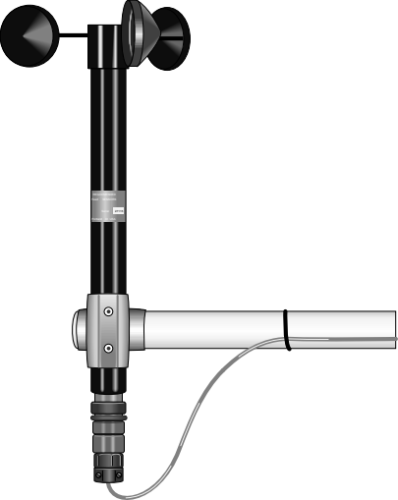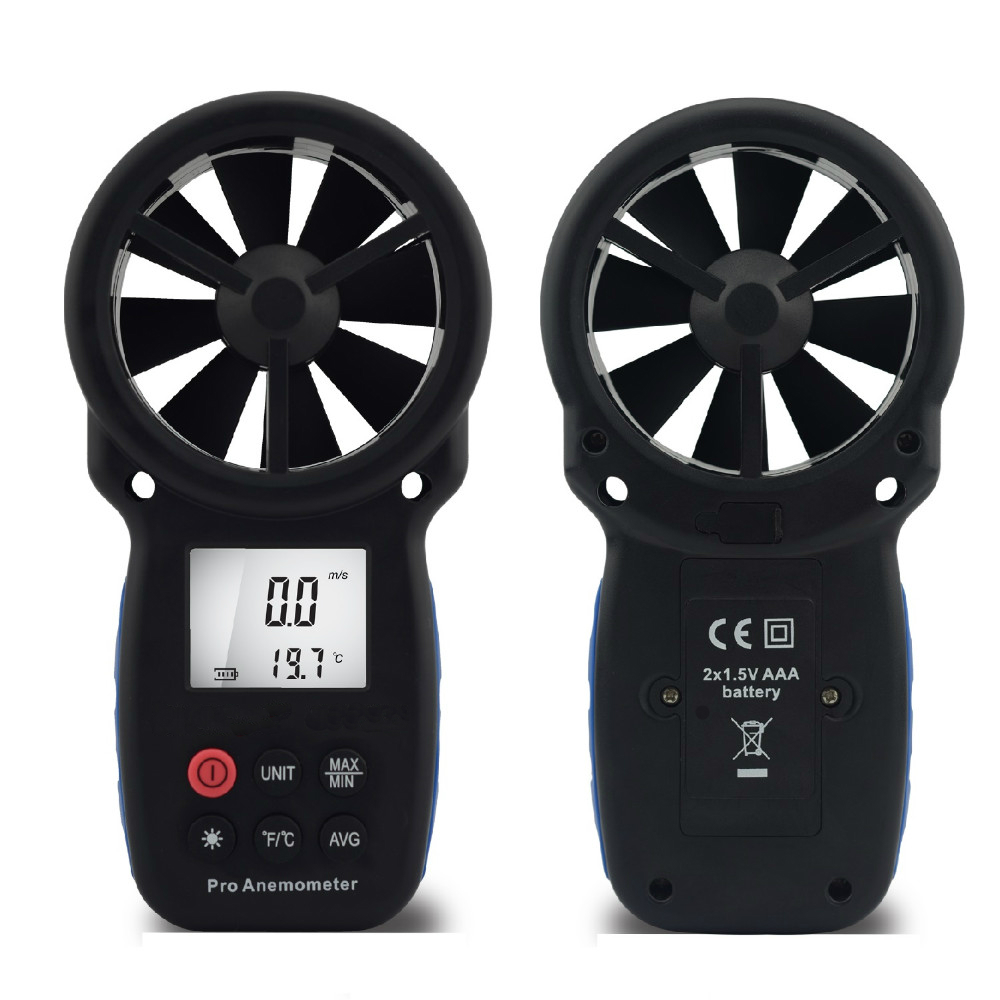Anemometer Innovations: The Most Recent Technology for Wind Rate Dimension
Anemometer Innovations: The Most Recent Technology for Wind Rate Dimension
Blog Article
Anemometers Introduced: Recognizing Their Significance in Ecological Surveillance and Security Actions
The function of anemometers in environmental monitoring and security procedures is often underestimated, yet their significance is undeniable. These tools have a lengthy history rooted in scientific inquiry and technical developments, evolving to come to be essential devices in various fields. From weather forecasting to aviation safety, anemometers play a critical function in offering exact data that informs decision-making processes and boosts general safety and security. Comprehending the ins and outs of anemometers unveils a globe of vital insights that are basic to our understanding of the atmosphere and the procedures we require to make certain safety.
History of Anemometers
The advancement of anemometers can be mapped back to the old people where primary wind gauging tools were first made use of. One of the earliest recognized anemometers was the hemispherical cup anemometer invented by Leon Battista Alberti in the 15th century.
Over the years, improvements in modern technology led to the advancement of more contemporary anemometers, consisting of ultrasonic anemometers and laser Doppler anemometers, using increased accuracy and performance in measuring wind speed and direction. The history of anemometers showcases an amazing trip of development and progression in the field of meteorology.
Types of Anemometers
Throughout the field of meteorology, different kinds of anemometers have been established to precisely measure wind speed and instructions. Sonic anemometers use ultrasonic signals to determine wind rate and instructions precisely. Hot-wire anemometers run based on the concept that the cooling impact of wind on a heated wire is symmetrical to the wind rate.
Applications in Meteorology
Having actually talked about the numerous sorts of anemometers used in meteorology for gauging wind rate and direction, it is important to explore their practical applications in the area. Anemometers play an essential function in meteorology by providing real-time and precise information on wind problems (anemometer). Meteorologists use anemometers to monitor wind rate and direction to anticipate climate patterns, concern cautions for severe weather condition events like twisters, typhoons, and tornados, and examine atmospheric problems for aviation safety
In meteorology, anemometers aid in understanding regional and regional wind patterns, which are essential for forecasting weather adjustments and determining weather patterns. These gadgets are also made use of in study to research microclimates, city warm islands, and air pollution diffusion. Additionally, anemometers are utilized in farming index to optimize plant administration methods, such as watering and pesticide application, based upon wind conditions.
Importance in Aeronautics Security
An important element of making sure air travel safety hinges on the thorough monitoring of wind problems utilizing anemometers. Anemometers play an important role in aeronautics by supplying real-time information on wind rate and instructions, helping pilots in making educated choices during touchdown, trip, and liftoff. Strong and uncertain winds can substantially influence airplane procedures, making it important for air travel authorities to count continue reading this on exact wind measurements to ensure the safety and security of guests and staff.

In the vibrant environment of aviation, where also minor modifications in wind speed and instructions can have profound results, anemometers stand as indispensable tools for promoting secure and secure flight.
Function in Environmental Research
Anemometers play a vital function in ecological study by supplying vital information on wind rate and instructions. By precisely determining wind attributes, anemometers assist researchers examine the activity of contaminants in the air, analyze the effect of commercial discharges, and predict the spread of her explanation contaminants in the setting.


Conclusion
Finally, anemometers have played a crucial duty in ecological surveillance and safety and security steps. With a rich background and different types readily available, these devices have actually been commonly used in meteorology, aviation safety and security, and ecological research. Understanding the significance of anemometers is important for accurately determining wind rate and direction, which is important for forecasting weather condition patterns, making sure secure air travel procedures, and performing environmental studies - anemometer. Their contributions to these fields can not be taken too lightly.
One of the earliest well-known anemometers was the hemispherical mug anemometer designed by Leon Battista Alberti in the 15th century. Over the years, advancements in modern technology led to the growth of more modern anemometers, including ultrasonic anemometers and laser Doppler anemometers, offering increased accuracy and efficiency in gauging wind speed and direction. Hot-wire anemometers run based on the concept that the cooling effect of wind on a warmed wire is proportional to the wind rate. Meteorologists make use of anemometers to keep an eye on wind rate and direction to forecast weather patterns, concern cautions for severe weather condition occasions like typhoons, tornados, and hurricanes, and evaluate atmospheric problems for air travel security.
Recognizing the importance of anemometers is crucial for precisely determining wind speed and instructions, which is crucial for anticipating weather condition patterns, guaranteeing safe aeronautics operations, and conducting environmental research studies. (anemometer)
Report this page